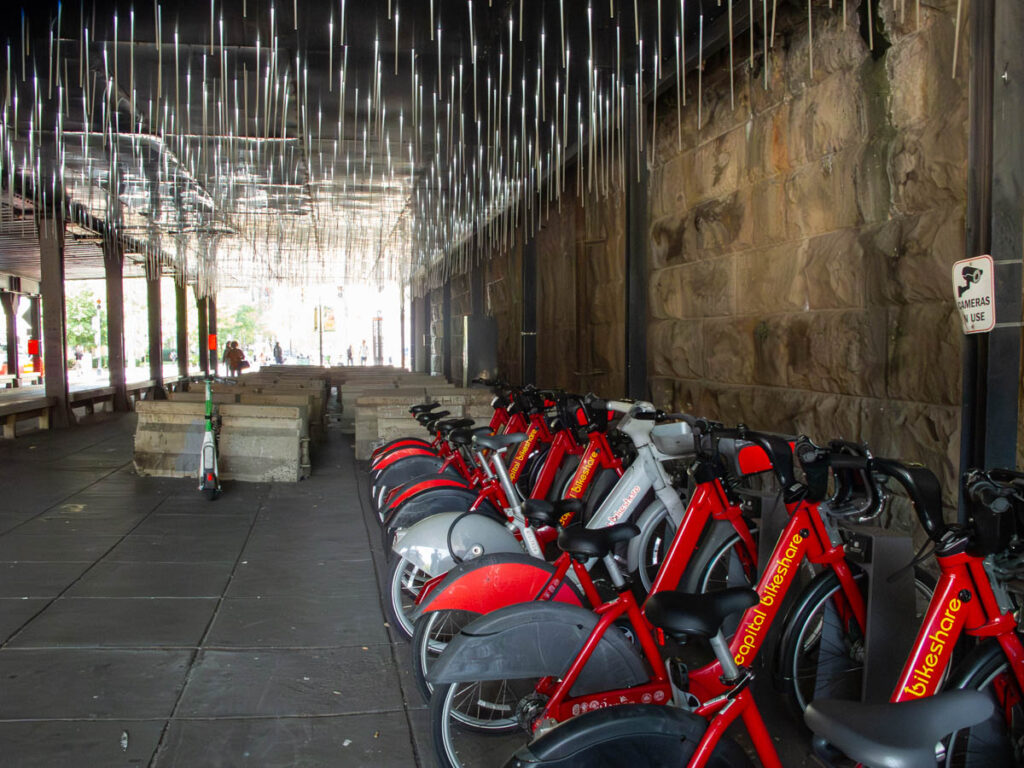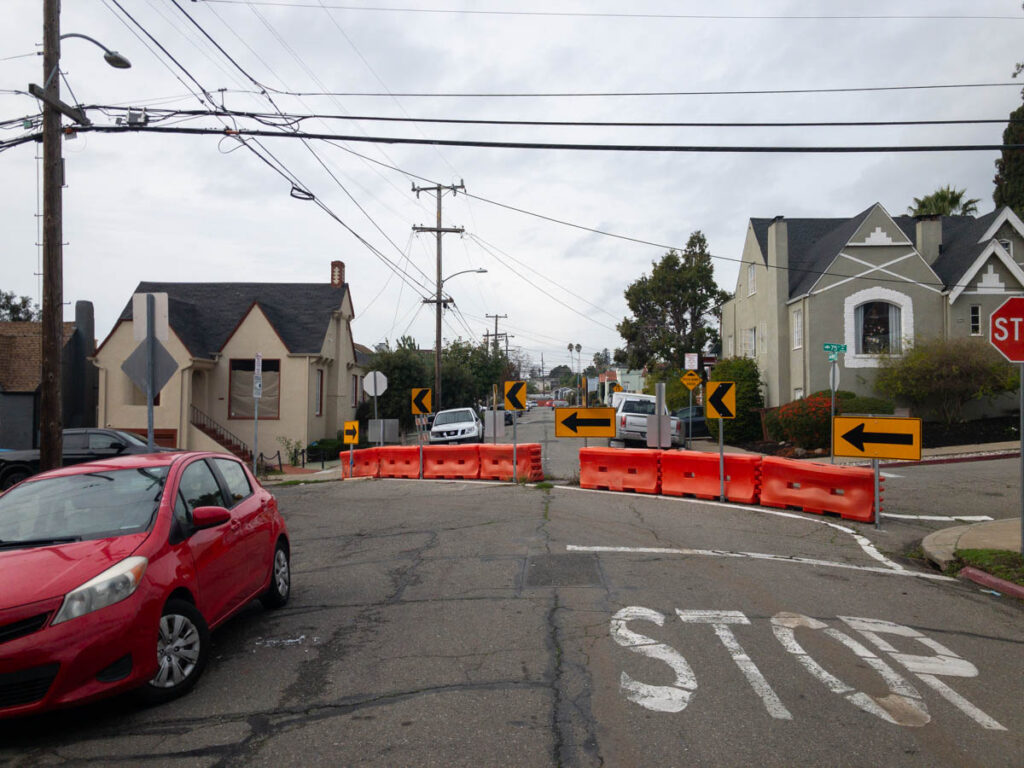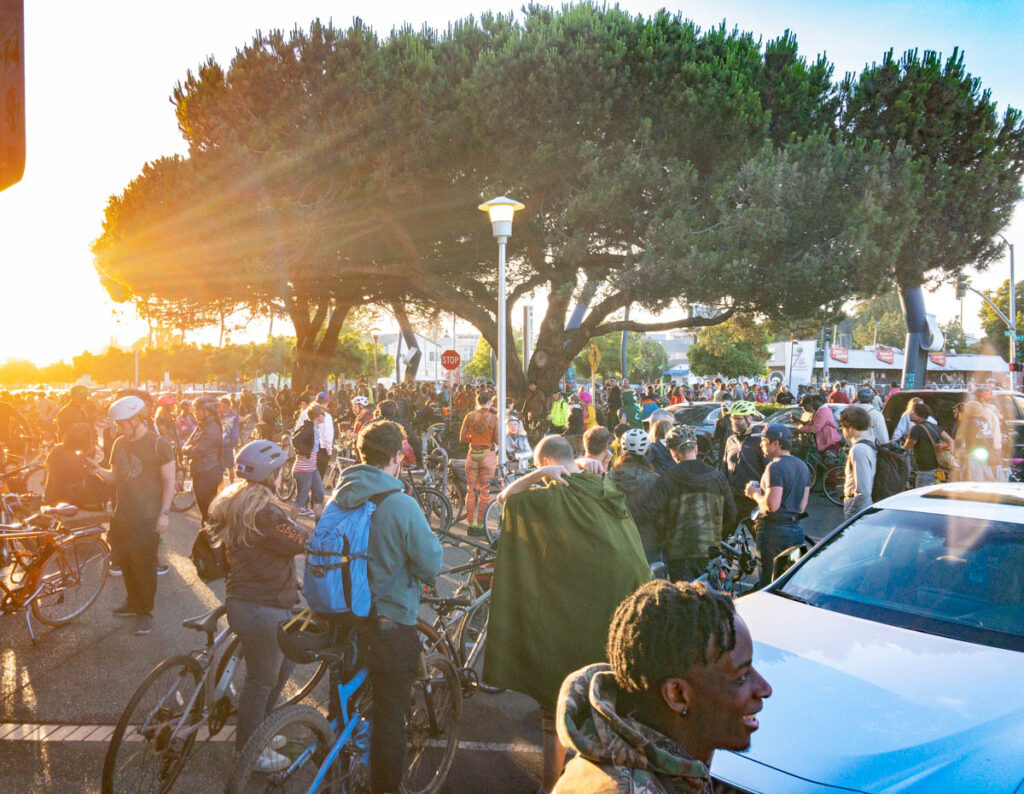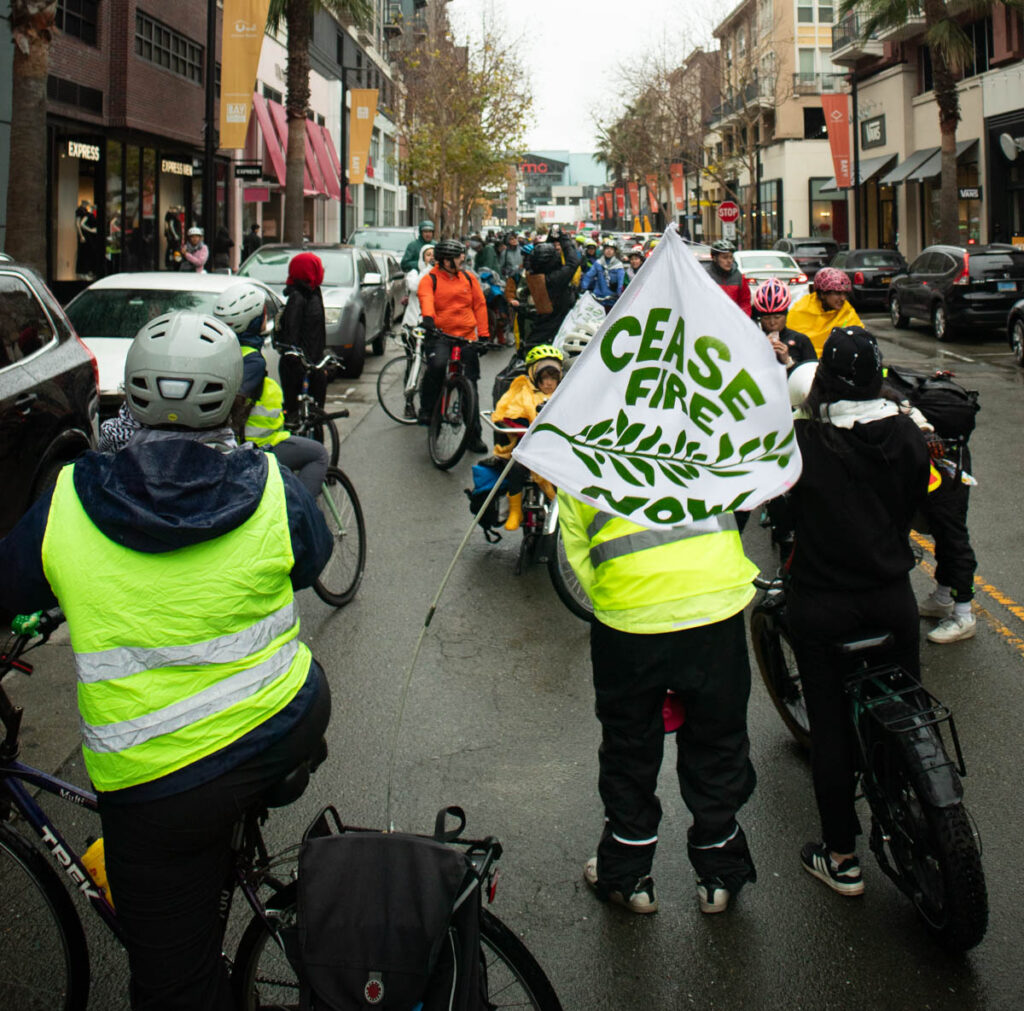Another year of keep’n it real
Last year I wrote about how DJing at East Bay Bike Party was a joyful way to contribute to the community, that feels important in these times even though Bike Party lacks an agenda. The joy, alone, is enough reason to keep it rolling in 2026. But I think what I’m observing is, within a creative community, joy is generative. Innovators will find ways to use joy to deepen community and further community goals. And every time I participate in one of these events, whether it’s Bike Party, or a wedding, or whatever’s going to come next in the Bay Area’s resistance to fascism, I feel a little less despair at the state of the world.






